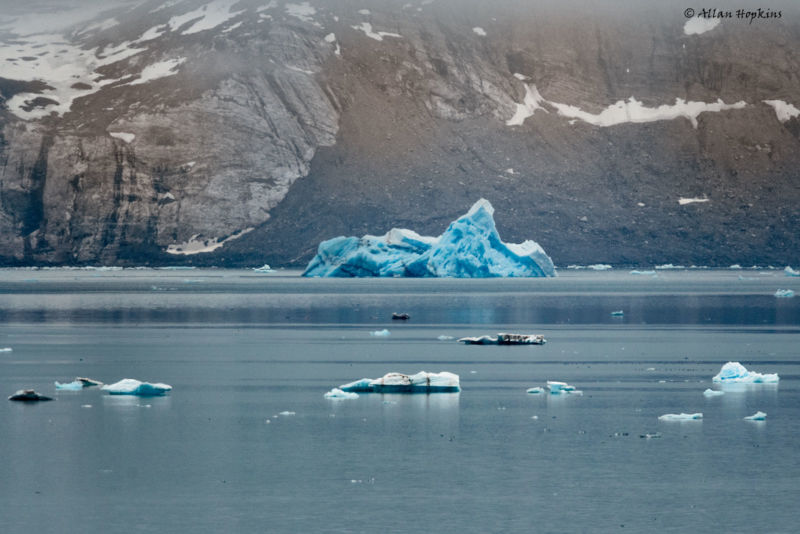As the Arctic heats up, what’s in store for its food webs?

Enlarge / Arctic sea ice is declining as waters heat up. (credit: Allan Hopkins / Flickr)
The view from Kongsfjorden, Svalbard, is endless snow-covered mountains and glassy, frigid water. You need to travel roughly 400 miles west from the remote Norwegian archipelago to reach the northeast coast of Greenland.
Kongsfjorden, home to one of the few human settlements on Svalbard, has been studied intensively. It's a "natural laboratory" of Arctic climate change, one that suggests that the ecosystems living in these icy waters have so far managed a surprising amount of resilience in the face of rising temperatures, according to a paper in Nature Climate Change. But the long-term picture suggests a future that is probably not so rosy.
Layers of complexityAs the sea ice melts in the Arctic-which is warming substantially faster than the global average-the food webs living in these icy waters are in peril.
Read 14 remaining paragraphs | Comments